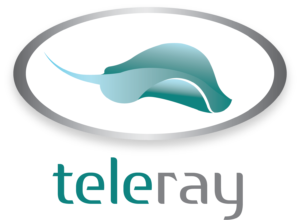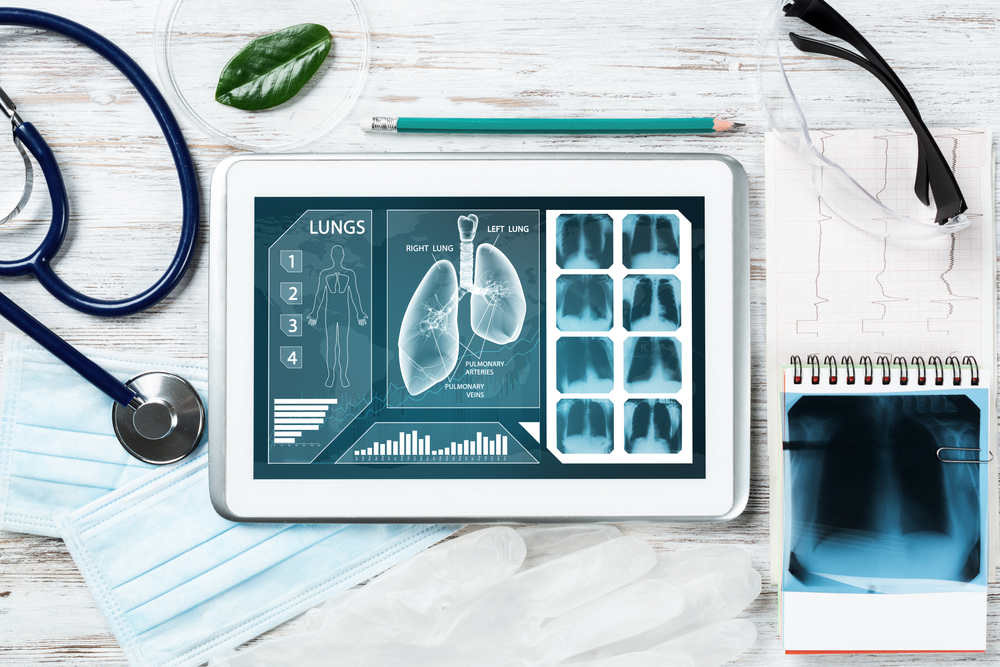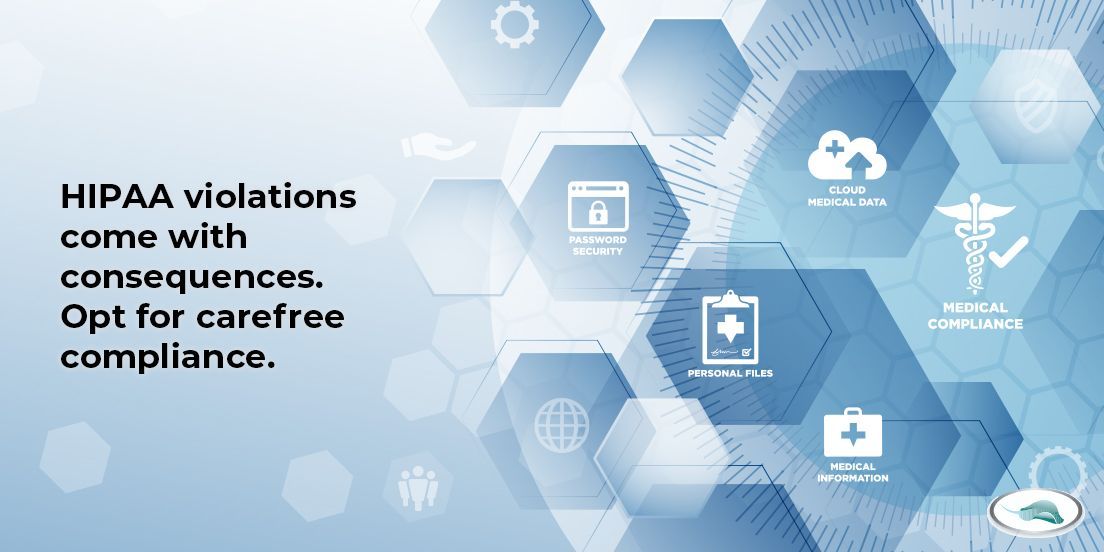Digital technology has transformed virtually every aspect of healthcare, but even with steady innovation in digital tools and applications, the industry has, for the most part, barely scratched the surface of its high-tech potential. Diagnostic imaging is one exception to this trend. Radiology has embraced digital transformation, which makes secure digital data and image sharing essential to diagnostic integrity and continuity of care.
Digital healthcare: benefits and barriers
Digital healthcare provides many benefits to medical providers and their patients. It offers easy access to a patient’s complete medical history, and fast, easy sharing and consultation with other medical providers. It allows patients to use wearable devices that monitor heart rate, blood sugar, activity levels, and more, giving physicians more data to analyze than a 15-minute office visit can provide. Digital data analytics and artificial intelligence enable better decision-making throughout the patient healthcare journey. Overall, digital healthcare provides an improved patient experience, lower cost, and better outcomes.
But digital healthcare is not without its challenges. According to the National Academy of Medicine, “Despite important gains in the last two decades, made possible by significant investment by payers, providers, and the federal government in electronic health records (EHRs), progress toward interoperable systems, and advanced technology to coordinate care and manage disease, the promise of digital health remains illusory.”
For example, digital healthcare requires:
- Fast, secure, and compliant data and image sharing across the entire medical environment, including hospitals, clinics, and remote/field employees
- Interoperability of applications and platforms (i.e., technology integration)
- Data standardization
- Security and HIPAA compliance
- Diagnostic integrity, which relies on complete, accurate, up-to-date, and consistent data and imagery
- Report with discreet data placed into an electronic medical record
Solving the data sharing dilemma
Gone are the days of sharing files with patients or other providers via CD. Instead, many are opting for a private-key, peer-to-peer system, like TeleRay’s exchange service, that is untethered, unbreachable, and simple to use. The system creates a new key for each instance of data exchange for a highly secure transfer. Health records are stored separately in Microsoft’s Azure cloud, not placed in a central repository. It provides interoperability of applications, and diagnostic integrity. And there’s no need to worry about HIPAA compliance — it’s built in.

The complete picture
Medical imagery from diagnostic testing like a CT, MRI, or PET scan is a vital component in a patient’s complete health picture, offering new dimensions to their written medical chart and history. It provides information about any anatomical or physiological abnormalities, which helps the physician not only diagnose and treat the patient, but also document the patient’s health progression to support future care.
Digital imaging systems allow medical personnel to view, share, and store a patient’s imaging files, but they also create additional security challenges for medical practitioners and privacy concerns for their patients. Image security requires three main characteristics: confidentiality, integrity, and availability. TeleRay provides all three with solutions for fast, secure transmission and storage of medical imaging.
TeleRay is a next-generation radiological image management and collaboration solution. It enables secure access to patient images and supports sharing across the entire spectrum of medical offices, hospitals, and remote workers in all medical disciplines, specialties, and imaging diagnostics.
TeleRay provides full compatibility and compliance with all Digital Imaging and Communications in Medicine (DICOM) systems. DICOM is the international standard protocol for the management and sharing of medical images and related data, and is used in many healthcare facilities across the country. DICOM’s goal is to ensure the interoperability of systems that are used to create, display, share, query, store, and print medical images, and manage the related workflows. The TeleRay platform has a built-in DICOM viewer, and TeleRay’s knowledgeable experts have experience with DICOM, Health Level 7 (HL7) protocols, and the clinical environment.
With all that TeleRay has to offer, there are some things it doesn’t have — no on-site server, no contract, and no hidden fees. If you’d like to schedule a demo or talk to one of our experts, give us a call at 844-483-5372.





